Guen Fiore is an Italian photographer based in London. She discovered her interest in photography during her studies in engineering. In December 2018 she decided to move to London and dedicate herself completely to it. Guen Fiore’s imagery brings together gestures and gazes to create subtle portraits imbued with humanity and personality.
The research she pursues finds its centrality in the representation of the human figure, especially young women. Not only can that be perceived in her personal projects, but it also emerges from her professional works – where her focus on the inner nature of the person is a true statement.

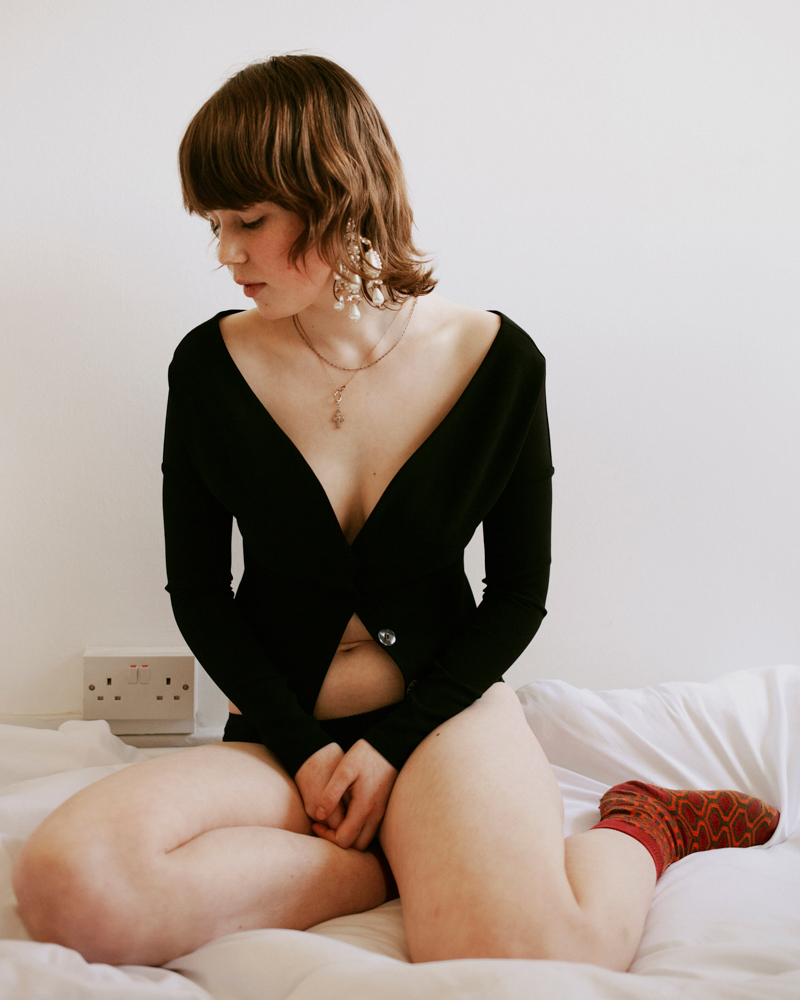
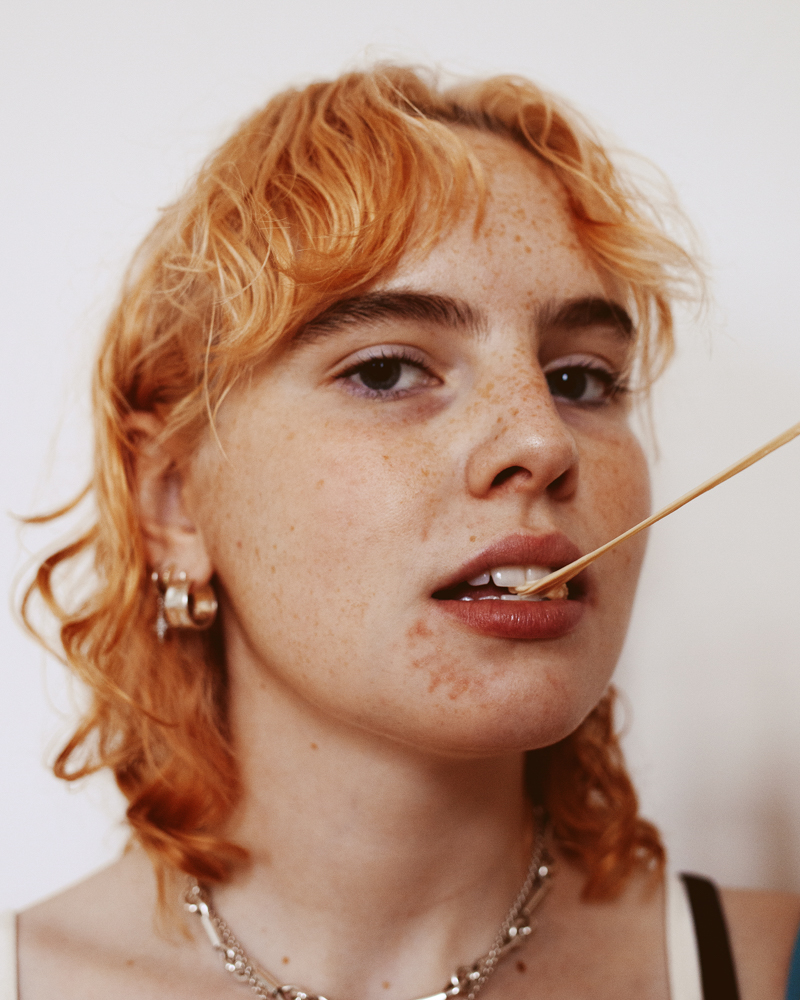
Gili Benita: How did you get into photography?
Guen Fiore: Although I grew up in a non-creative environment, I’ve always been very curious about images since I was very young.
I became involved with photography during my studies in engineering. During those years I started to photograph my sisters and friends. I did not have any ambition of becoming a photographer at first, it was just a fun and creative way to spend some time together, and the more I was doing it the more I wanted to do it.
Sometime later an Italian fashion brand called Subdued noticed my photographs and so I started to create content for their social media and website.
I was still a student and I was not a photographer at all, so this experience was very significant to me because it taught me some very basic things and dynamics about fashion photography that I totally ignored. And, opening me a door into this world, it gave me a sneak peek of what it is like to work as a photographer. And I really liked it.
I then officially made my step into photography only a couple of years ago, when I decided to move to London and to give it a try.
GB: What brought you to move to London from Italy? How did it affect your work?
GF: Moving to London was a very instinctive decision. Photography became a huge distraction from my studies and at some point, I just felt like it was “now or never”. I was very sure at that point of what was the path that I wanted to pursue and I knew I could not do it in Rome.
At first, I decided to move to France, I already had a one-way ticket to Paris and I was looking for a place to stay.
Then I had a few occasions to go to London for a few meetings, and I got the chance to start building some connections over there. So I just thought that moving to London made more sense.
I can’t really say how this affected my work because I feel like I started to build my career from the moment I moved to London. The transition wasn’t difficult. Maybe it was because I was doing something different in Italy so I wasn’t able to compare it with any other similar experience, but for me, everything happened quite quickly in London.
I think that London, like other cities in Europe, offers you the privilege to be surrounded by a lot of creatives. This is very stimulating in general, but it also makes things easier for you when it’s about creating.
London was the best place for me to start, there are so many talented people willing to collaborate and so many interesting faces to photograph.
GB: Do you see yourself in your own photos? How?
GF: I do. I’m generally inspired by what represents a certain kind of personal experience to me and I try to tell stories that mean something to me. Since I moved to London, I’ve been focusing on what I deeply like, and I never questioned what I was doing or why I was doing it. Then the most you are asked to talk about your work and the most you understand about it and about yourself as well. Only when you stop and look back at what you’ve been doing you can see it as “the whole thing”. I feel there is a constant change in my research, but also some very still points and some key elements that are very important and fundamental to me, and also very personal.

GB: How do you do the casting of your photographs? Do you mostly photograph non-models?
GF: I have my own preferences when it is about casting, related to is my very personal idea of beauty. There isn’t any specific element that I’m looking for, I like to photograph people that I personally find interesting. It might be related to their look or to the story that they want to tell.
Luckily the industry nowadays is much more open to diversity in terms of casting, and there are model agencies that represent a lot of very interesting girls. I always opt for the ones with that unique look that inspires me, but the majority of the girls that I worked with are actually models.
GB: Do you see your work as a part of the female gaze movement?
GF: For sure being a woman myself photographing mainly women positions my work in the sphere of the Female Gaze. But to be honest, I was not moved by any feminist proposal when I first started. I was able to see what I “built” only sometime later.
But I’ve been associated with the female gaze movement quite often, and I’m very proud of bringing my contribution to this “cause” that I strongly support. The women’s perspective in the last few years brought a fresh new point of view that shows the reciprocity of the female gaze. And I think that it’s very good that women are “imposing” a kind of control in how they want to be showcased and seen. There is no doubt that for many years the male gaze dominated the scenes, imposing beauty standards and showcasing women exclusivity from a male perspective. I’m happy to see how women are taking back a bit of control of their image.
GB: How do you see the word ‘Beauty’ is being perceived in the world of 2021?
GF: Nowadays “feminism”, “inclusivity”, “diversity” are themes abundantly debated in the photographic and fashion community, and the concept of beauty “as we knew it” basically seems (thankfully) no longer to exist. The risk is that – when a topic becomes a trend – people start to see the theme sometimes with superficiality and for some people, it might become, at a certain point, almost boring and it will lose the importance that it had at the origin.
Fashion and trends change direction all the time and I think that today the cult of the aesthetic is still very present, but it is nice to see how a part of society has repossessed the right to accept and consider itself “beautiful” even if far from the imposed standards.
I do not think that the stereotypes changed, but maybe we have assisted in an “expansion” of the category.
In recent years we have witnessed a wonderful rise of non-standard subjects and models, and I honestly think that in the near future this thing is bound to decline a bit. But at the same time, I believe that some inputs will remain and that the idea of an objective beauty such as that of a decade ago no longer exists today. And I believe and hope that a certain acceptance and openness to different beauty standards is destined to remain.
GB: What would you like people to take away from your work?
GF: I just hope that people can find it stimulating and that they can relate to it in some way. I want to create images that make people think and that they can remember.
GB: You have been landing bigger commercial campaigns every year with the recent one from Dior, what is your dream client to work with?
GF: I’m enjoying a lot working in fashion and I’m also experimenting with it in my personal projects. I hope there will be many more experiences like that to come. But my dream job is probably still photographing some of my favorite musicians for magazines, such as Bob Dylan or The Rolling Stones.
GB: Where do you take your inspiration from?
GF: I take my inspiration a bit from everywhere. In terms of references, there are so many photographers that I like but I’ve been particularly influenced by Annie Leibovitz and Nan Goldin. I’ve always been very fascinated by the energy of their work, their images are so real and engaging, strong, provocative.
I’m also inspired by movies. Also here, I could mention hundreds of them. But I’ve been particularly influenced – since I was young – by Sofia Coppola’s vision, and the way she is able to show the beauty and complexity of young women.
GB: What things would you like to see changes for female photographers?
GF: I believe in equality. Things are changing for female photographers, although I think that we are quite often confined to what are the “female issues”, rather than hired for every kind of different commissions.
This is still a good thing, seeing those female photographers are sometimes preferred over men, for commissions related to the female universe. But numbers show that the female photographers involved in big publications and other commissions are still ridiculously few compared to the male colleagues. I hope we will get to the point of being free to photograph whatever we like, with the same opportunities for everyone.
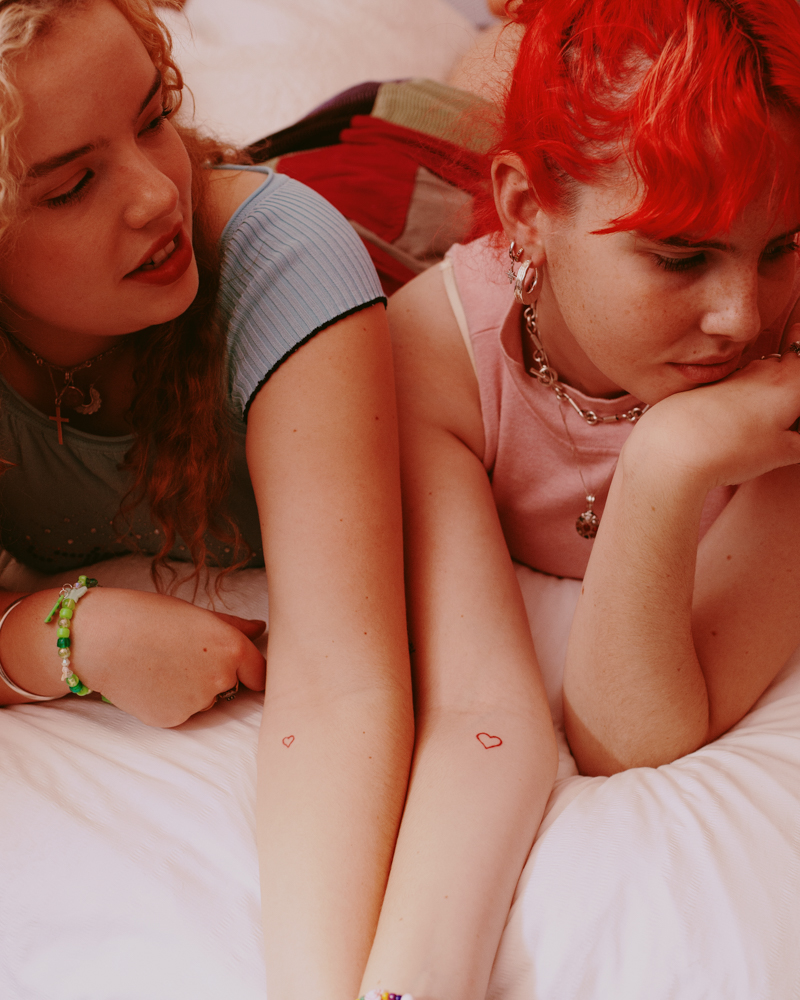

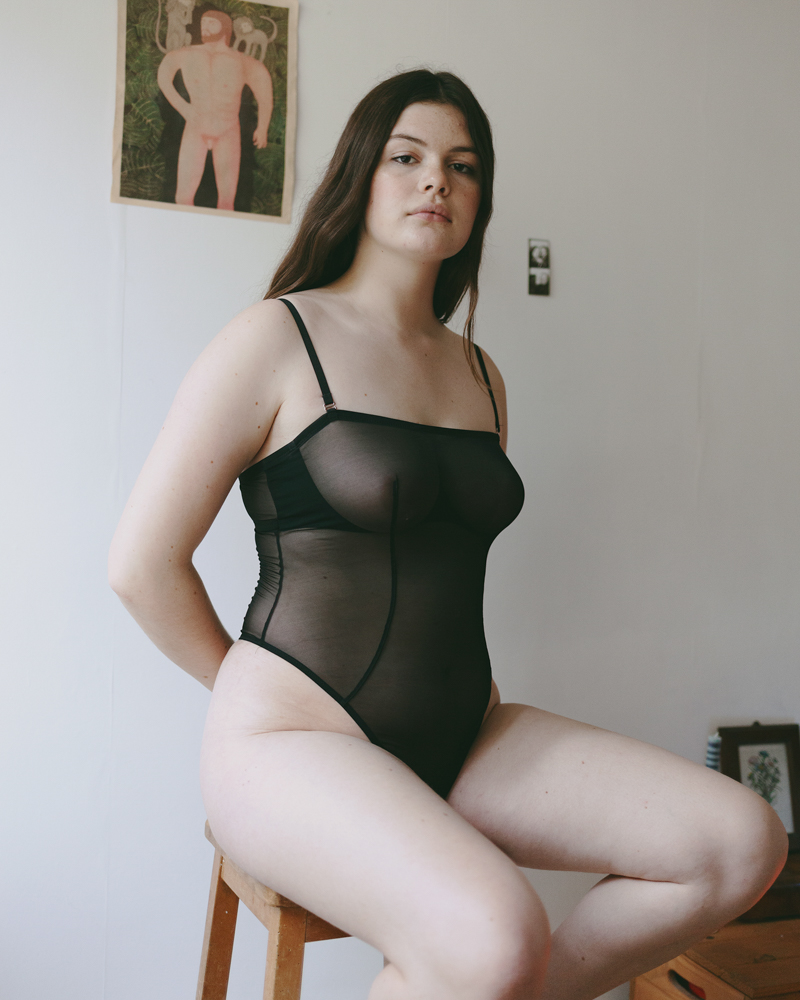


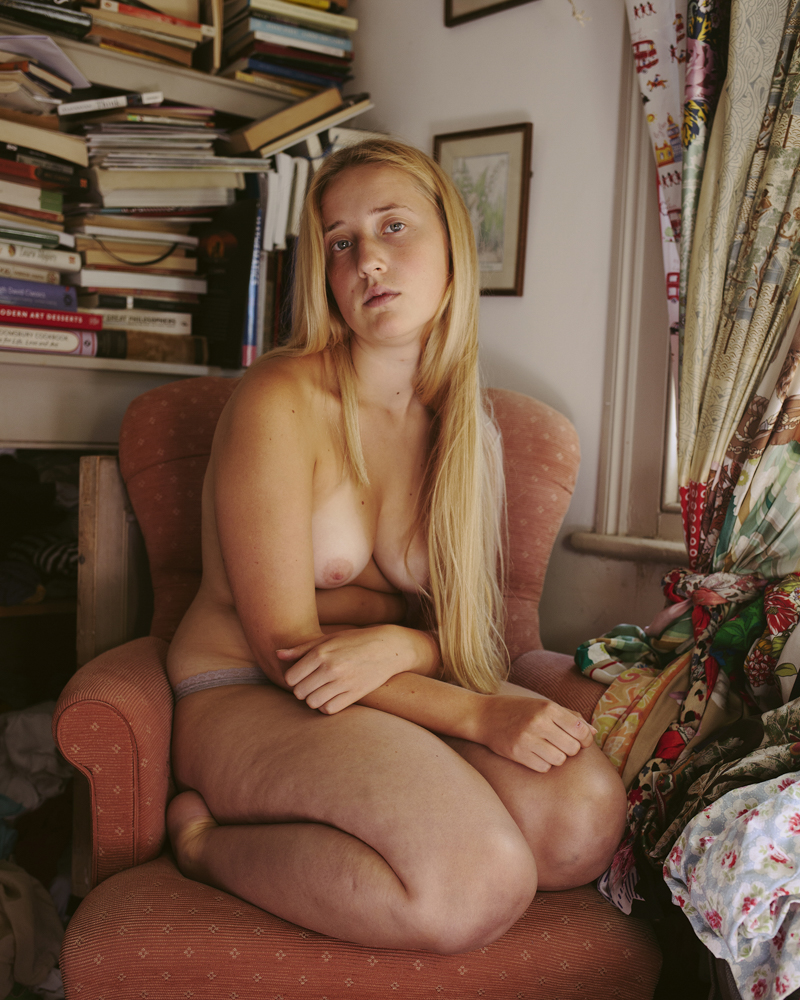

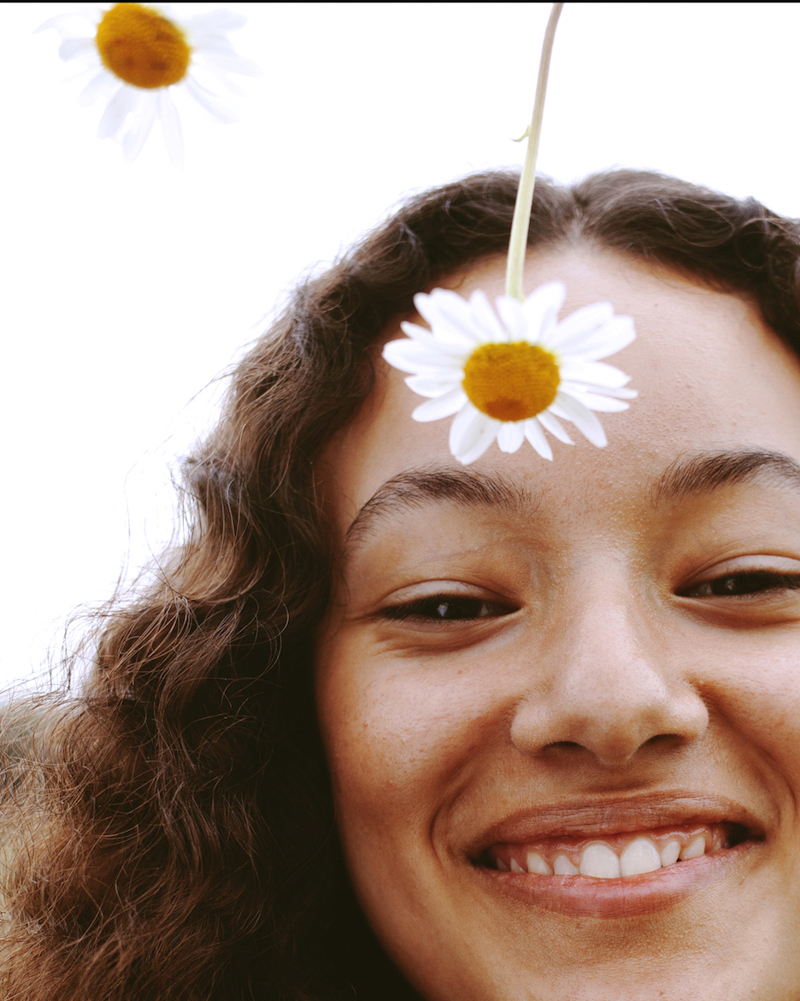



To view more of Guen Fiore’s work please visit their website.